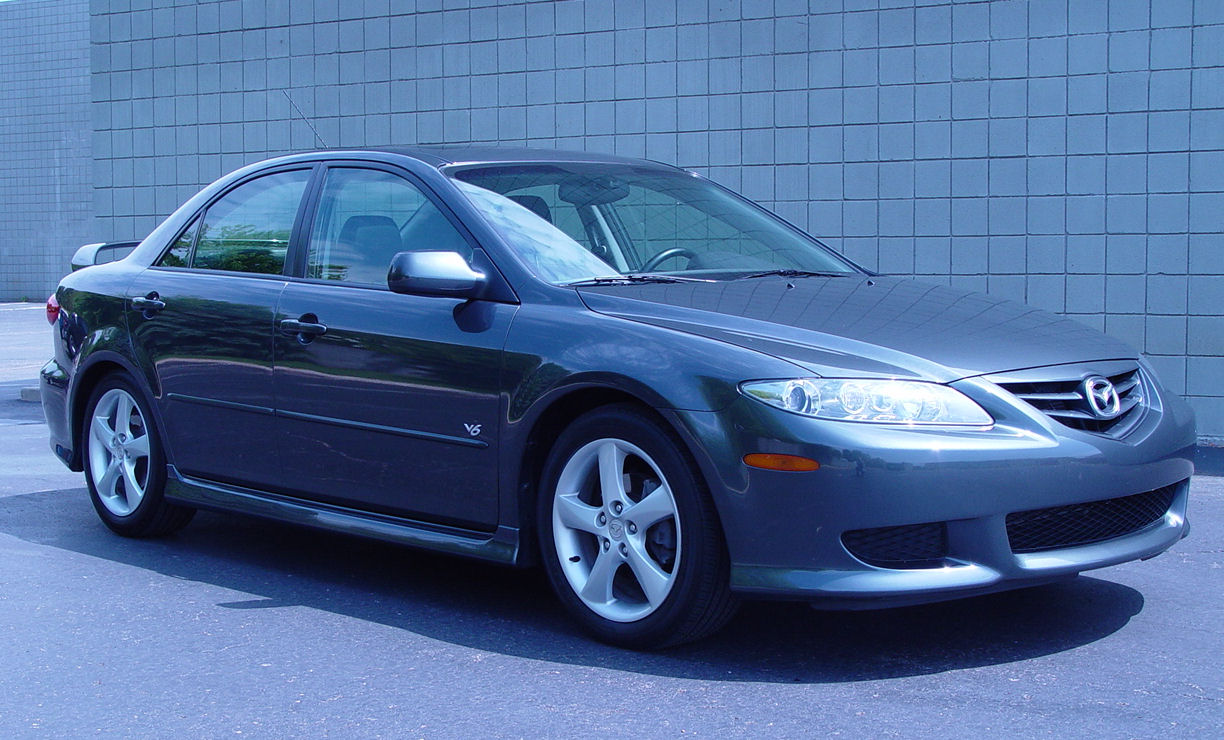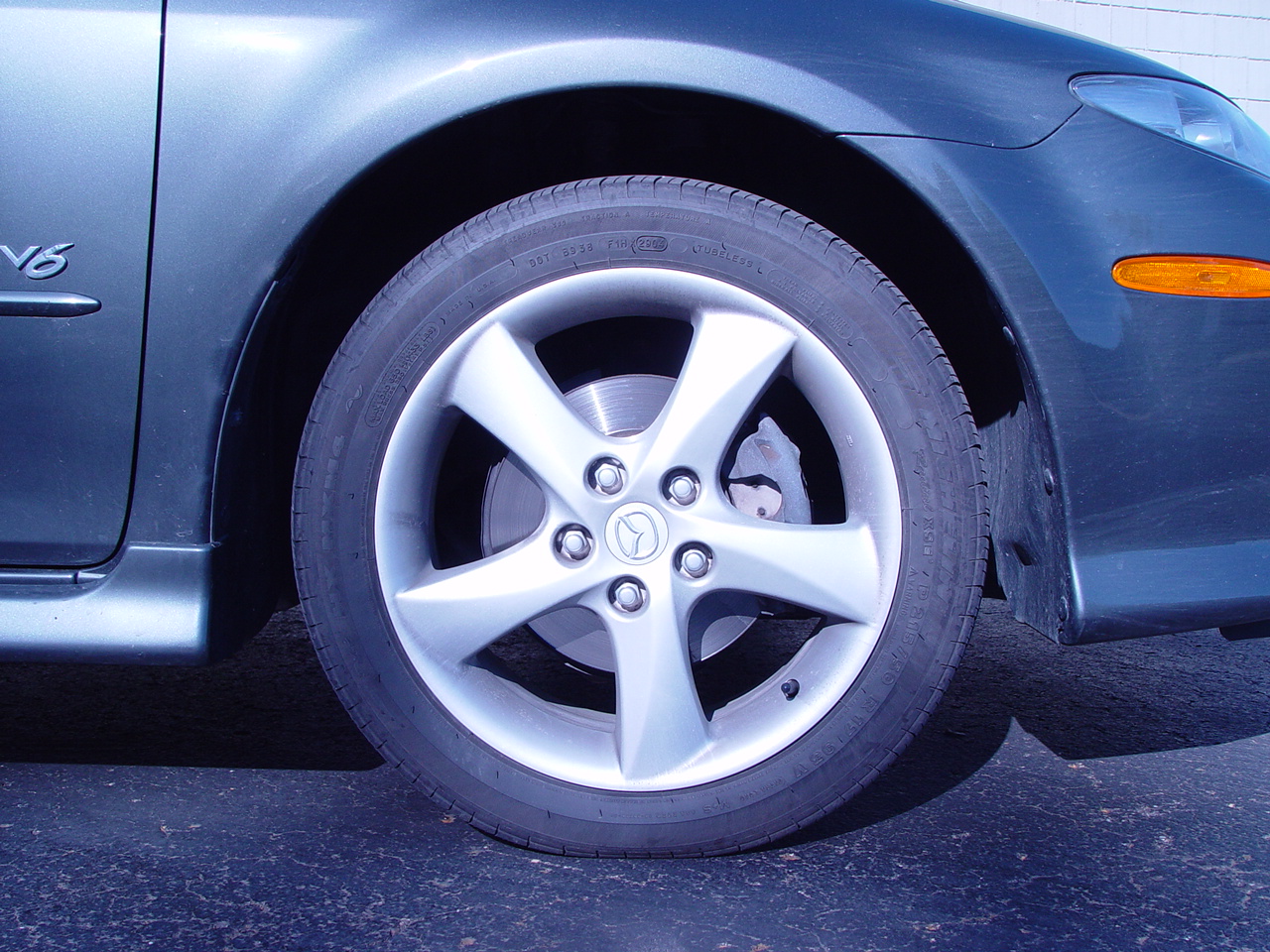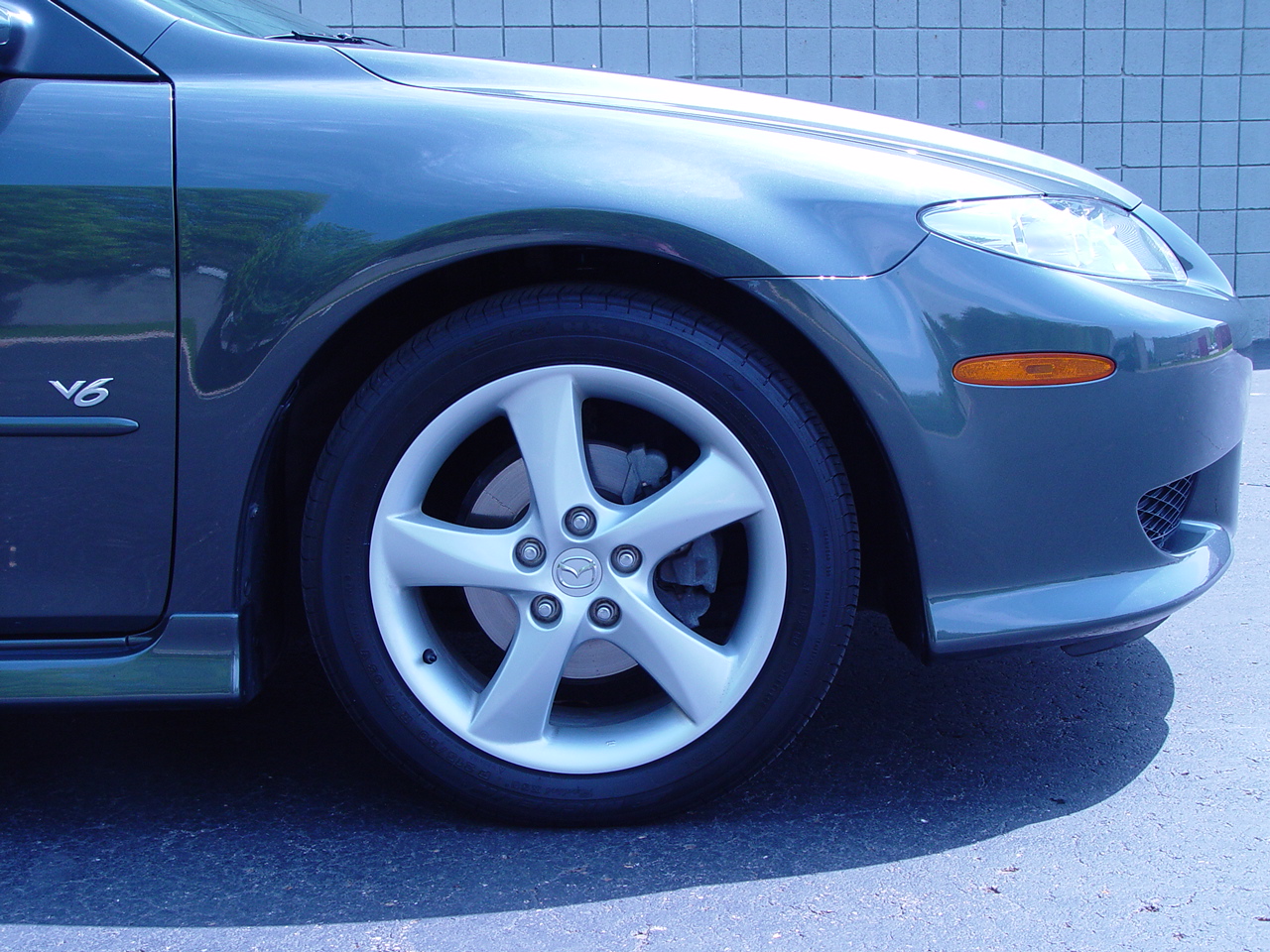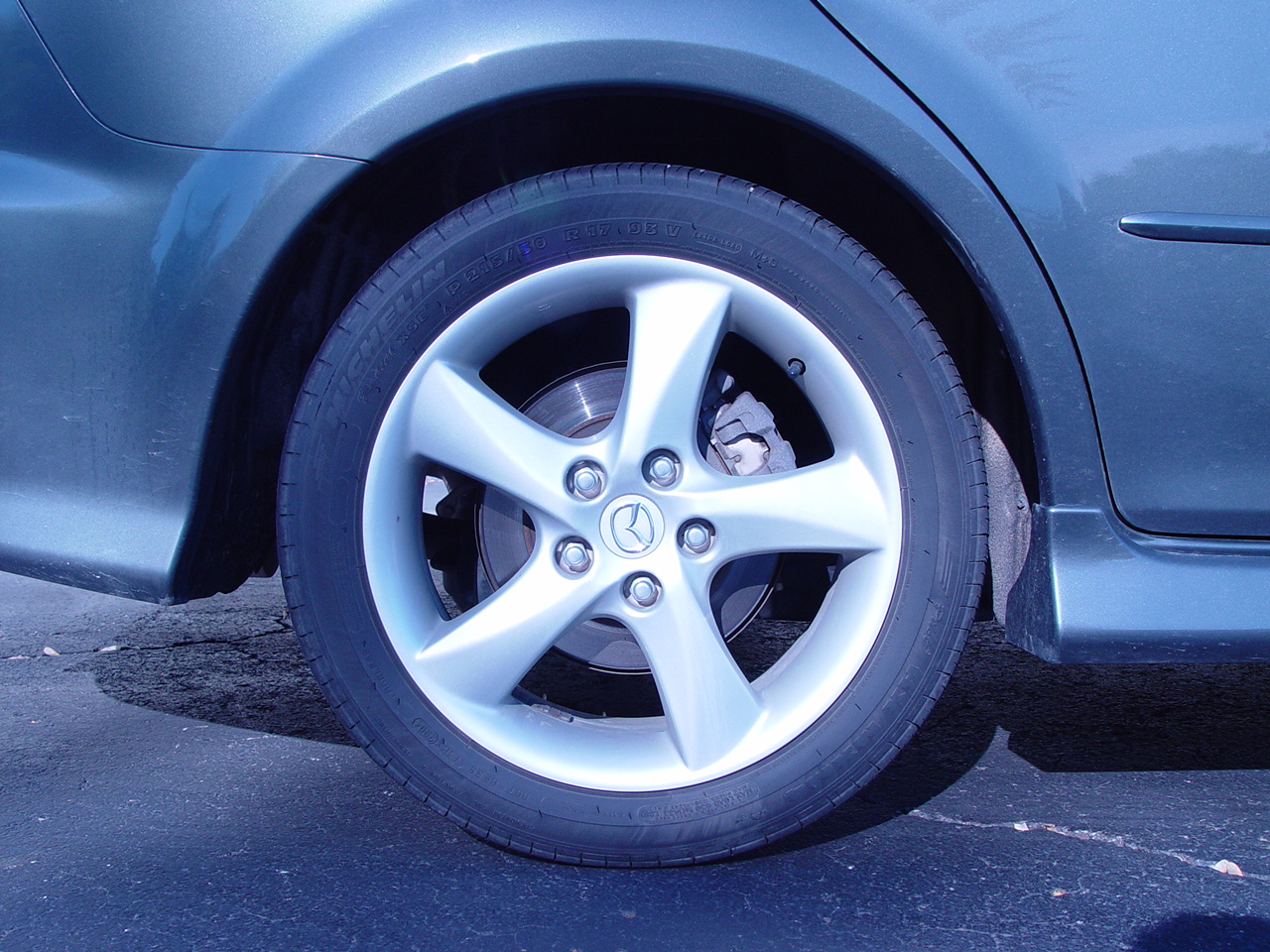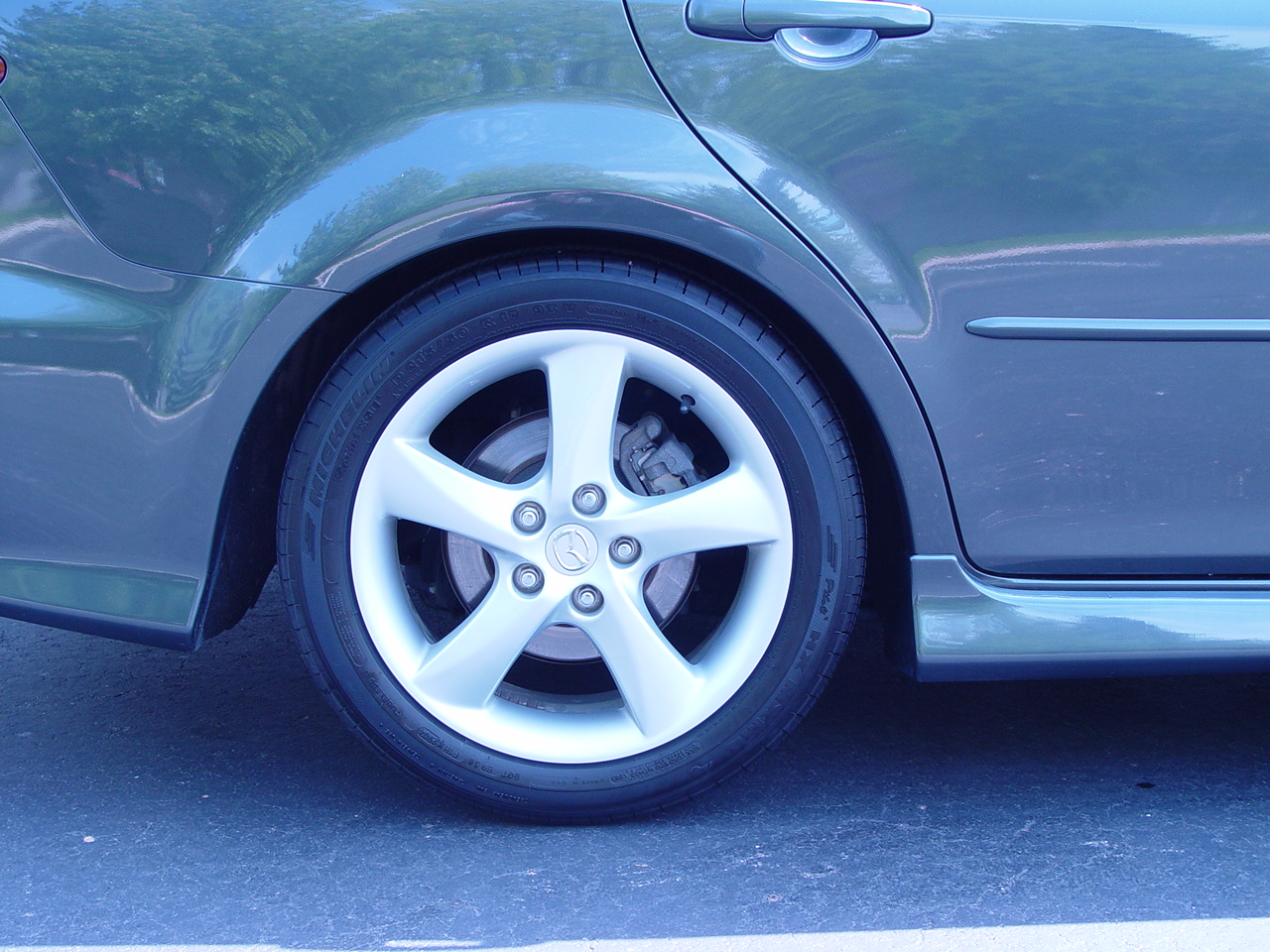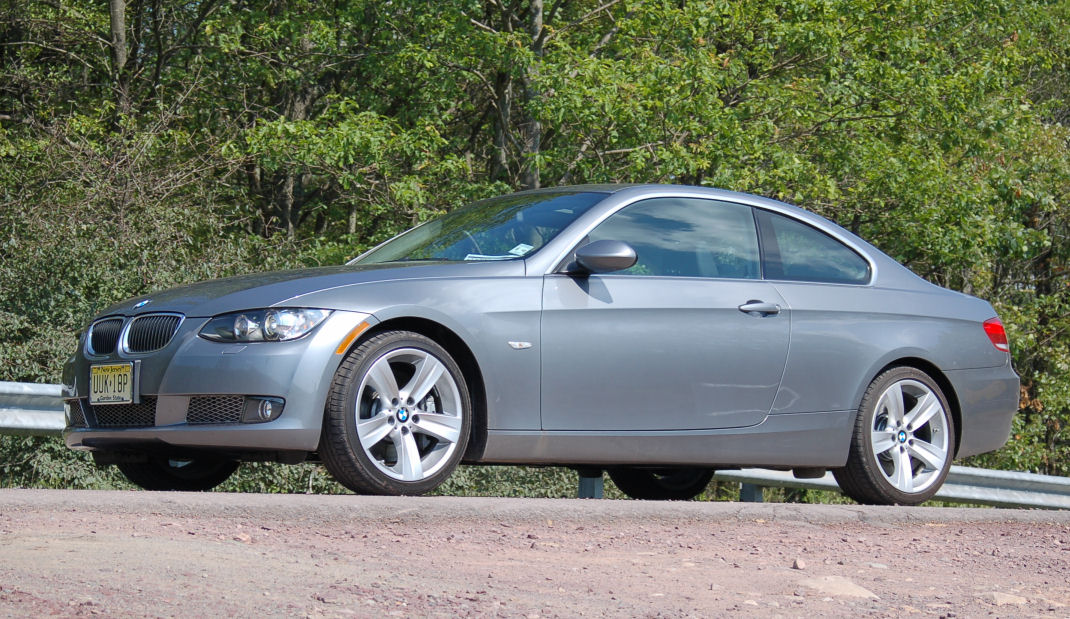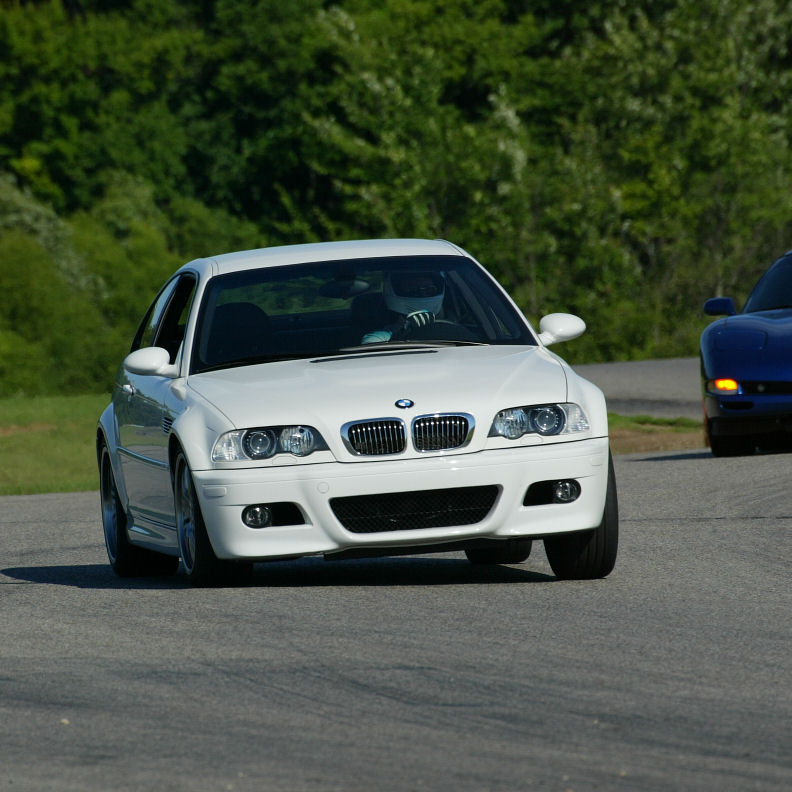Camber and Caster Explained
The terminology used for vehicle dynamics is lengthy and detailed. You can run across a term as simple as a one sentence definition easily committed to memory or it can be a long drawn out equation that you wish you had never crossed paths with. For today’s discussion the terms will be rather simple and will allow you to better understand what is going on in your car.
The first term I want to cover is camber. Camber is simply the tipping of the wheel to one side or another. Positive camber tips the top of the wheel outward and negative camber tips it inward. Imagine the front tire on your car was perfectly straight up and down with a vertical line going through your wheel perpendicular to the plane of the ground. Looking at the wheel head-on you would see the line is vertical - representing 0° camber. See diagram A.
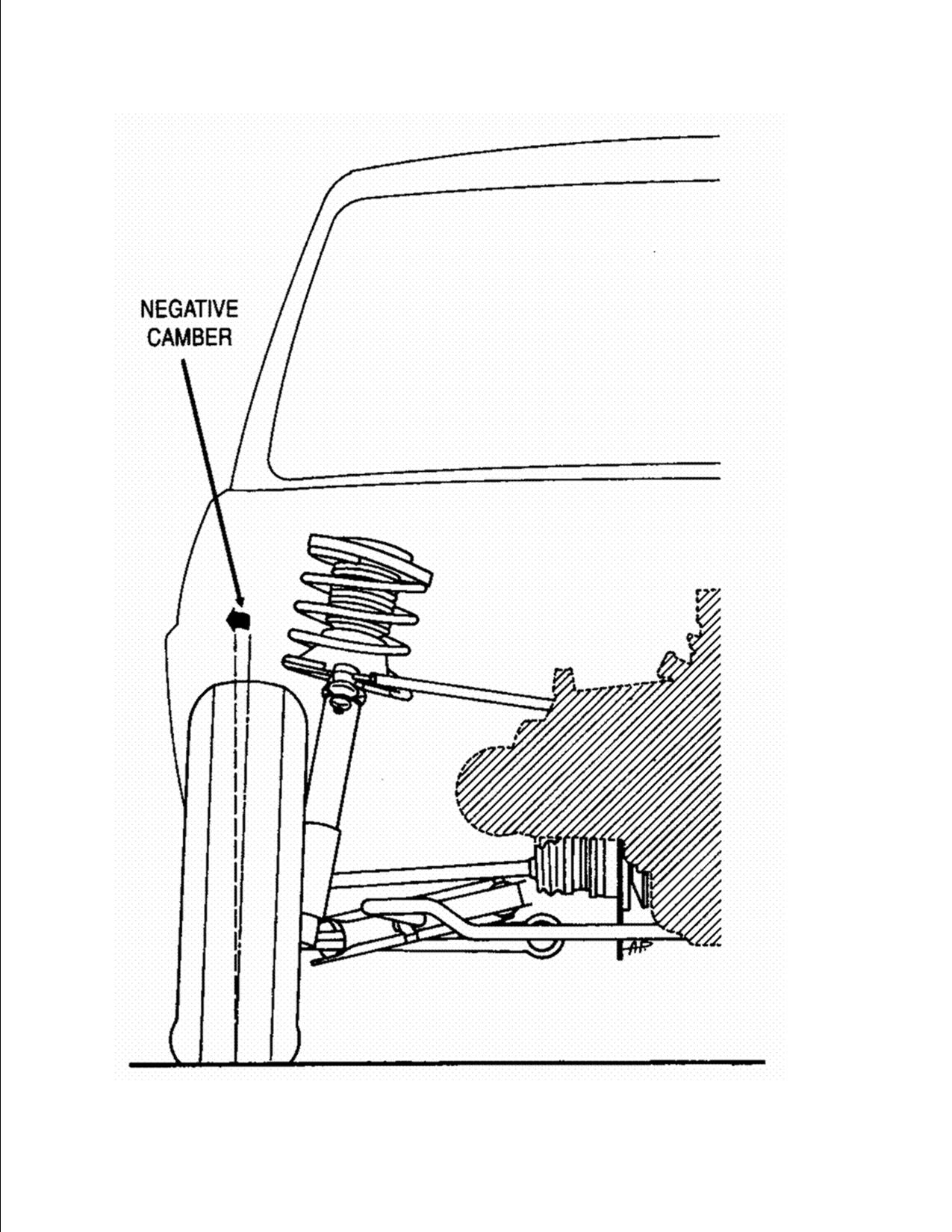
Diagram A, Road and Track Dictionary; John Dinkel 2000
There are a number of ways to look at and analyze camber, but camber thrust is the most important effect. Camber thrust is the lateral force produced by a tire when changing the camber angle. For road courses positive camber has no purpose, but negative camber is good for several reasons most importantly even tire wear (and temperature) and maximum cornering forces. Camber thrust is an additive force to those already generated by a tire going through a turn. You remember slip angle, right? Maximizing camber (and slip angle) can be difficult, but when you get it right it pays off in grip. In diagram B, you can see a plot of lateral force versus camber angle. You can see that with increased negative camber the lateral force increases too, however too much camber can cause handling trade-offs that are not justified. These tradeoffs include darting, skittishness and loss of braking force. It’s always a balance to maximize the variables that dictate a cars overall handling.
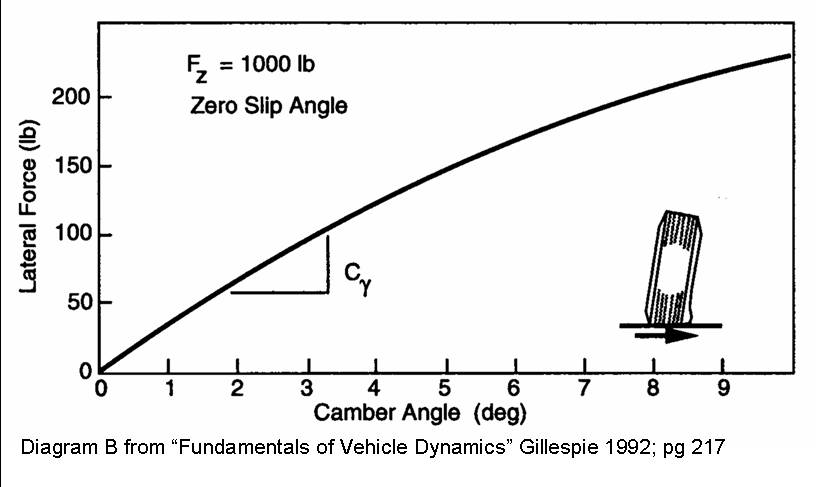
Now I’ll discuss castor, what it is, and how it affects steering and handling. Castor is a little tougher to visualize so I included diagram C. Viewed from the side - castor angle is the angle between the steering axis (Kingpin axis) and the vertical. Positive castor angle is when the steer axis contacts the ground forward of the contact patch and negative for the opposite case. Cars use positive castor, but as you approach 0° the steering behavior changes.
The biggest effect of castor is in the steering response. Castor angle plays a major role in the quickness of steering and how well a car tracks a given line. Quicker steering allows for a better turn in to a corner, but the downside is a car has a tendency to dart around. I think we’ve all gone down a hill as kids on a tricycle only to input too much steering and boom - off you go. Conversely, going down hill at high speed on a Bigwheel was a piece a cake.
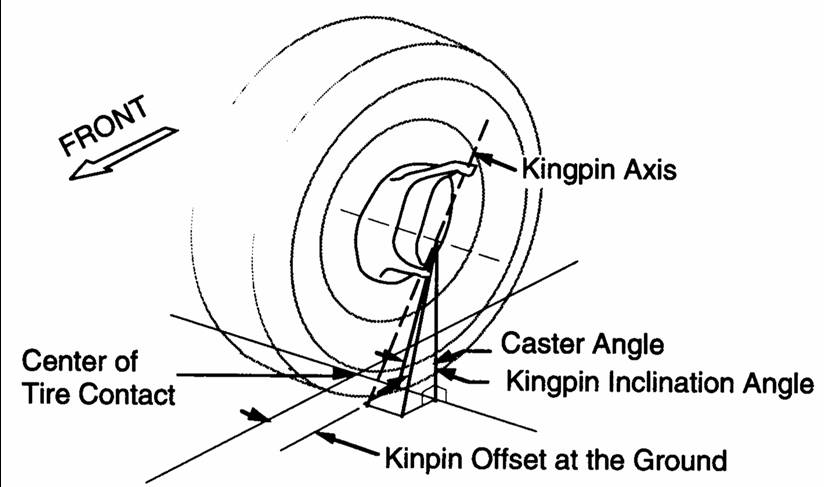
Diagram C form “Fundamentals of Vehicle Dynamics” Gillespie 1992; pg 284
The Kingpin axis offset is something else that one must look at and there are a couple interesting things related to it. The main reason it is done is for packing of components i.e. brakes, suspension and steering. The wheel is essentially pushed out to make room and the resulting rotation is not about the center of the tires contact patch in a vertical sense. It rotates about a point toward the inside of the contact patch which adds steering feedback from the front end and we all know feedback is good.
This pretty much covers the basics of camber and castor and will give you a better idea of what is going on down in the wheel well of your car.
